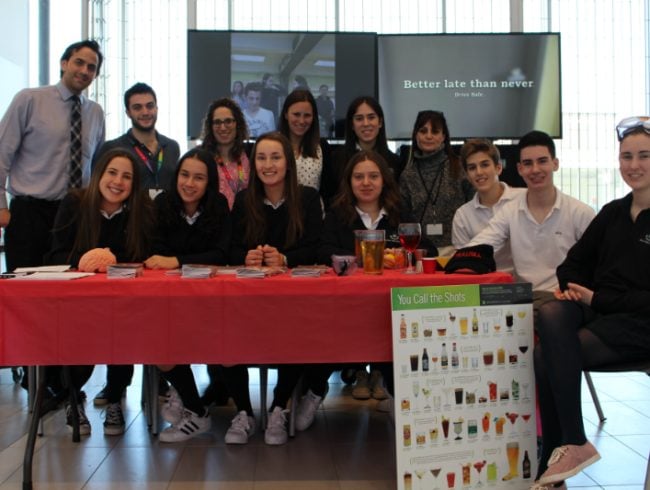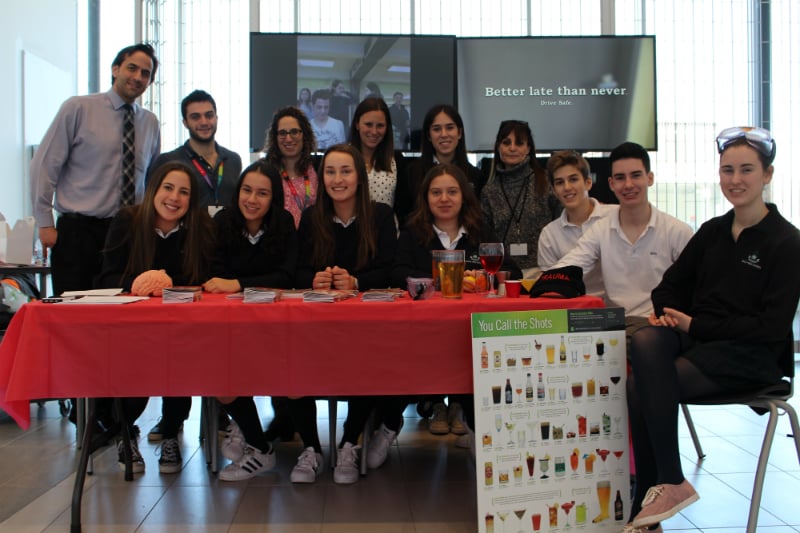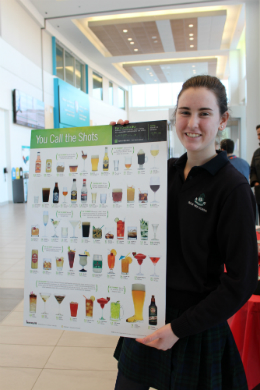
A rare respiratory disease may be more prevalent in Quebec
27 November 2025
Rise in respiratory infections and measles outbreak: important infection prevention measures at the Montreal Children’s Hospital.
Read moreWelcome to the Montreal Children's Hospital

12 May 2016
Teenagers are risk-takers. Now throw in a car, a brand new driver’s license and cross your fingers they respect everything they’ve learned about responsible driving. The truth is that the message doesn’t always get through to them, even though they’ve probably been lectured by their parents and school principal. But what if they heard the same message from their own peers?

By teens for teens
The Montreal Children’s Hospital Trauma Centre has developed a new injury prevention program for secondary IV and V students with the ultimate goal of reducing injuries and deaths amongst adolescent car crash victims. The “Is the Thrill Worth it Program” is designed to get high school students involved in delivering this important message to their peers. The program is divided into two parts: 1) a student-led safe driving marketing campaign (called SLIPP) that takes place throughout the school year, and 2) a school presentation to the senior students on the risk factors associated with car crashes and the implications of alcohol abuse.
“School presentations are effective, but to a certain point,” says Liane Fransblow, trauma coordinator of the MCH’s Injury Prevention Program. “Peer-led programs prove to be more effective when trying to change teen behaviour, because they’re being planned by the same group that makes up your target audience.”
Thinking outside the box
For the past year, the MCH Trauma Centre’s Injury Prevention Program has been working with students from Bialik High School, a private school in Côte Saint-Luc. Ten students were recruited to create and implement a safe driving marketing campaign in their school by designing five activities throughout the school year. “We had a lot of fun brainstorming and coming up with all the activities,” says Erin Malus, a Gr. 10 student at Bialik. Each activity needed to touch on a specific topic, including seatbelt use, speeding, impaired driving, distracted driving and alcohol intoxication.

When tackling seatbelts, the team came up with an Instagram campaign that encouraged their peers to send in photos of themselves wearing seatbelts while driving, and when talking about distracted driving, the team had two students play Mario Kart on Wii, while one of them was distracted by food, beverages and cellphones. “In my opinion, the activity that made the most impact was when they asked students to wear fatal vision goggles while completing an obstacle course. The goggles made them feel drunk and they realized all the things they can’t do properly after a few drinks,” says Erin Nemes, the school’s guidance counselor. “It was extremely eye-opening especially for those students who are thinking about or are already experimenting with drugs and alcohol.”
Going forward
Liane Fransblow hopes to expand the program to include up to five schools next year. The students are also being encouraged to go out into their own communities to continue to promote the message of responsible driving. Lawrence Slapcoff, a McGill University medical student also working on the program with Liane feels like this particular program is a great opportunity for students in healthcare professions to get involved in community outreach and connect with teens by encouraging them to make wise choices. The MCH’s Trauma Director, Debbie Friedman, wants to eventually include parents in the program as well, thus forming another important partnership.
“Students from all ages took away different messages from this program and I believe it’s going to become one of those committees that students will look forward to joining,” says Erin Nemes. “I already have a bunch of students asking about next year!”